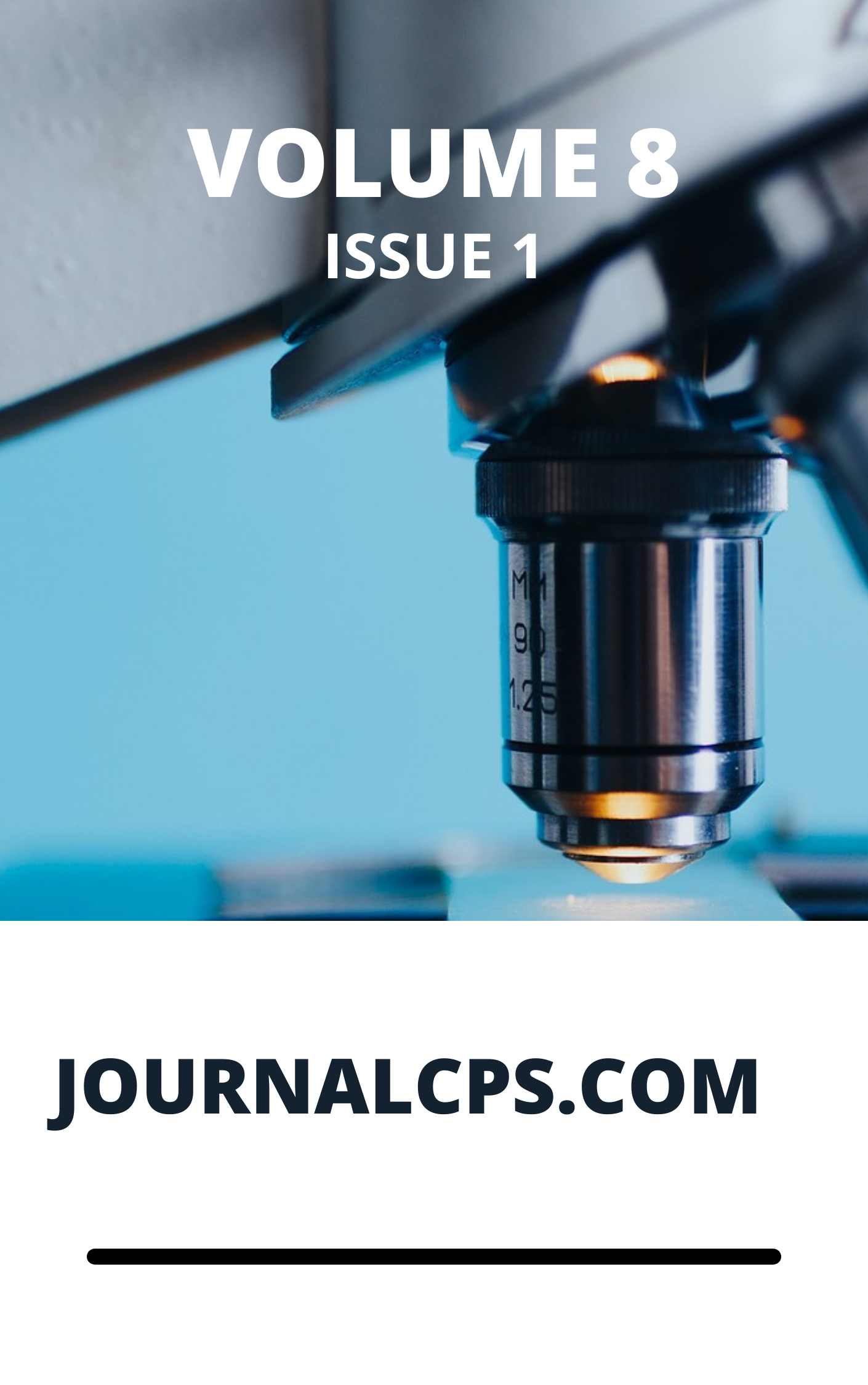Effects of Abattoir Activities in the Surrounding Soils within Abuja, Nigeria
Keywords:
Abattoir, heavy metals, soil, organic matter, contamination factorAbstract
Mercy Uwem Useh*, Danlami Uzama and Patrick Obigwa
The various activities taking place in abattoirs all over the world today can contaminate the environment through direct or indirect impacts. This study aims to investigate the impact of abattoir wastes on the environment. Soil samples from proximity to five selected abattoirs (Kubwa, Dei-Dei, Dutse Alhaji, Gwarimpa, Mpape) in Abuja were examined to ascertained the level of contamination in terms of the physicochemical properties and heavy metal contents of the soil. The results revealed that all the studied soils are acidic (5.2±0.0 - 5.9±0.1) Most physicochemical properties, including conductivity (18.9±0.2 µs/cm to 27.4±0.6 µs/cm), bulk density (1.4±0.0 gcm-3 to 1.9±0.0 gcm-3), salinity (15.3±0.0 mgkg-1 to 20.0±0.0 mgkg-1), organic matter (7.9±0.0 % and11.4±0.0 %), cation exchange capacity (57.3±0.1 cmol/kg to 76.4±0.3 cmol/kg) were observed to be higher in the studied abattoir soils than in the control (15.4±0.0 µs/cm), (1.3±0.2 gcm-3), (11.5±0.0 mgkg-1), (5.2±0.1 %), (34.6±0.1 cmol/kg) respectively. All the studied heavy metal ions (Ni, Fe, Cu, Zn, Cr, Pb and Cd) were higher in the abattoir soils than in the control site except that Fe was equally higher in the control and all were above the FEPA (1999) recommended. Some geochemical assessment techniques including Contamination factor (CF), Enrichment factor (EF), Geoaccumulation index (Igeo), Degree of contamination (Cdeg) and Pollution load index (PLI) as computed showed that all the abattoir soils studied were very highly contaminated (32 < Cdeg) with the studied metals (Cu2+ >Zn2+ >Ni2+ >Cd2+ >Pb2+ >Cr3+ >Fe2+) in that order with Cu being the most abundant metal.
Downloads
Published
Issue
Section
Similar Articles
- Kingsley Ochommadu Kelechi , Onwubuariri Nnamdi Chukwuebuka, Chiazor Faustina Jisieike, Ezere, Uchechi Ahunna, Muyiwa Michael Orosun, Chisom Loveth Kelechi, Health Risk Assessment of Heavy Metal Contamination in Water Sources at Michael Okpara University of Agriculture , Communication In Physical Sciences: Vol. 12 No. 3 (2025): VOLUME 12 ISSUE 3
- S. A. Odoemelam, A. M. Udongwo , Heavy Metals Pollution in Surface Water and Sediment of Lower Cross River System in Akwa Ibom State, Nigeria , Communication In Physical Sciences: Vol. 5 No. 2 (2020): VOLUME 5 ISSUE 2
- Hamza Abubakar Hamza, Abubakar Danjuma Bajoga, Yusuf Mohammed Auwal, Hankouraou Seydou, Determination of Some Physicochemical Properties, Heavy Metals and Micronutrients of Some Energy Drinks Available in Nigeria , Communication In Physical Sciences: Vol. 12 No. 3 (2025): VOLUME 12 ISSUE 3
- Umar Dangoje Musa, Eloayi David Paul, Sani Uba, Nsikan Nwokem, Sani Danladi, Risk Assessment of Selected Metallic Pollutants in Fish from Zuru dam, Kebbi State, Nigeria , Communication In Physical Sciences: Vol. 12 No. 3 (2025): VOLUME 12 ISSUE 3
- Helen O. Chukwuemeka-okorie, Ifeanyi Otukere, Kovo Akpomie, Isotherm, Kinetic and thermodynamic investigation on the biosorptive removal of Pb (II) ion from solution onto biochar prepared from breadfruit seed hull , Communication In Physical Sciences: Vol. 12 No. 3 (2025): VOLUME 12 ISSUE 3
- Faith Osaretin Osabuohien, Review of the Environmental Impact of Polymer Degradation , Communication In Physical Sciences: Vol. 2 No. 1 (2017): VOLUME 2 ISSUE 1
- Augustine Odiba Aikoye, Ifiok D. Uffia, Experimental study of the removal of cobalt ion from aqueous solution using chitosan , Communication In Physical Sciences: Vol. 5 No. 4 (2020): VOLUME 5 ISSUE 4
- Habeeb Ayoola Ayinla, Musa Azeez Ololade, Ola-Buraimo Abdulrazaq Olatunji, Sule Peter Isaac, David Emmanuel, Baba Aminu Mu'awiya, Francis, Joseph Amobi, Hydrocarbon Generation Potential of the ETA Zuma Coal Mines, Anambra Basin, Nigeria: Insight from OrganicPetrography , Communication In Physical Sciences: Vol. 10 No. 2 (2023): VOLUME 10 ISSUE 2
- Dorathy Edet Etim, Nnamso Effiong Essien, Aniebiet Mmekuwem Essien, Impacts of Acute Toxicity of Heavy Metals (Hg And Pb) On Liver Enzymes of Normal Albino Wistar Rats , Communication In Physical Sciences: Vol. 11 No. 4 (2024): VOLUME 11 ISSUE 4
- Dorathy Edet Etim, Nnamso Effiong Essien, Aniebiet Mmekuwem Essien, Impacts of Acute Toxicity of Heavy Metals (Hg And Pb) On Liver Enzymes of Normal Albino Wistar Rats , Communication In Physical Sciences: Vol. 11 No. 4 (2024): VOLUME 11 ISSUE 4
You may also start an advanced similarity search for this article.




